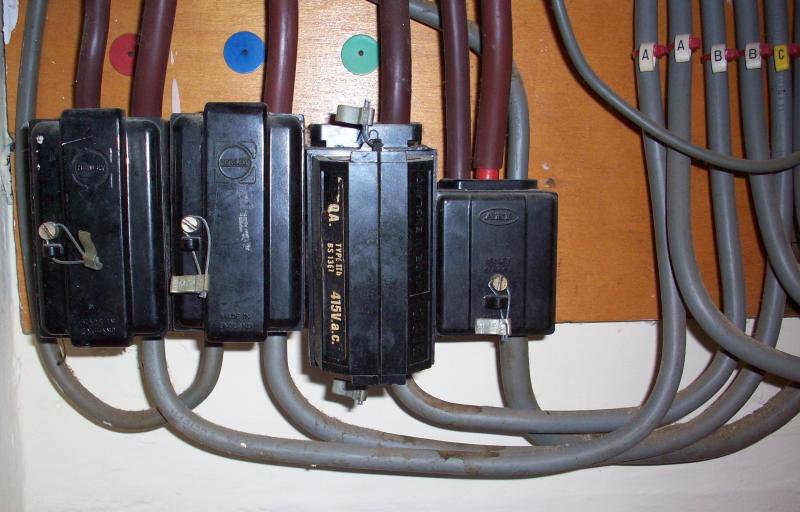Yes, but 240V x 2 = 480V. Paul was talking about a 240-0-240 three-wire 'split phase' supply (which people don't like me calling '2-phase', even if that's what BS7671 now calls it!) which still exists in some places in the UK and which is analogous to thy 120-0-120 supply which I believe is very common in the US.480V!?you might still have the option of getting a 3-wire 240/480V service to distribute the load though.230v x 1.732 = 400V OR 240v x 1.732 = 415V
Kind Regards, John





